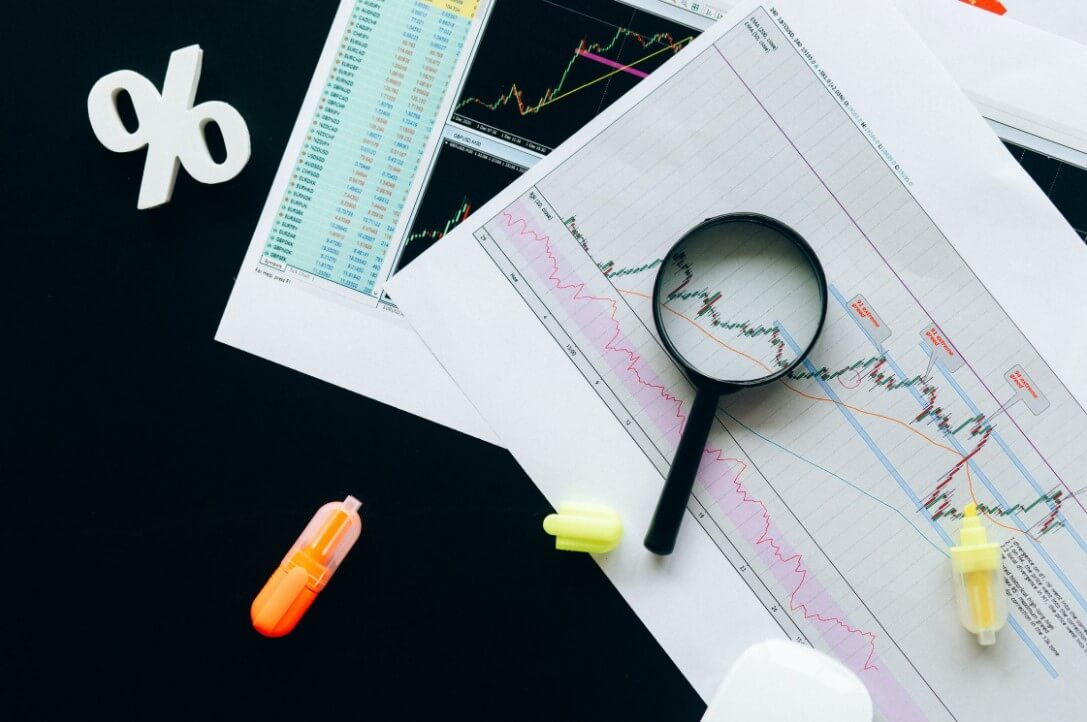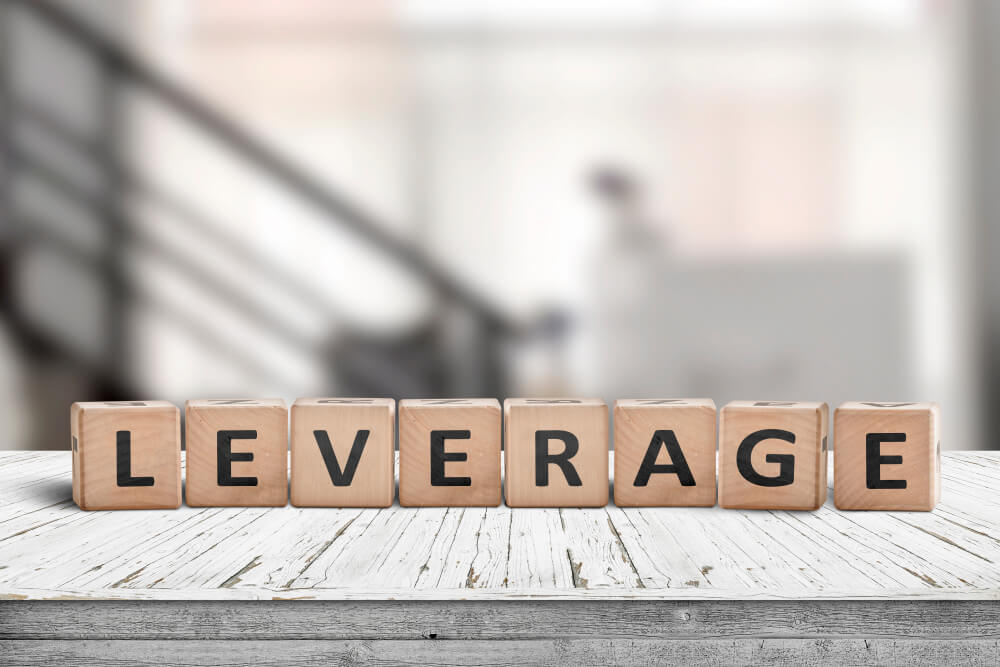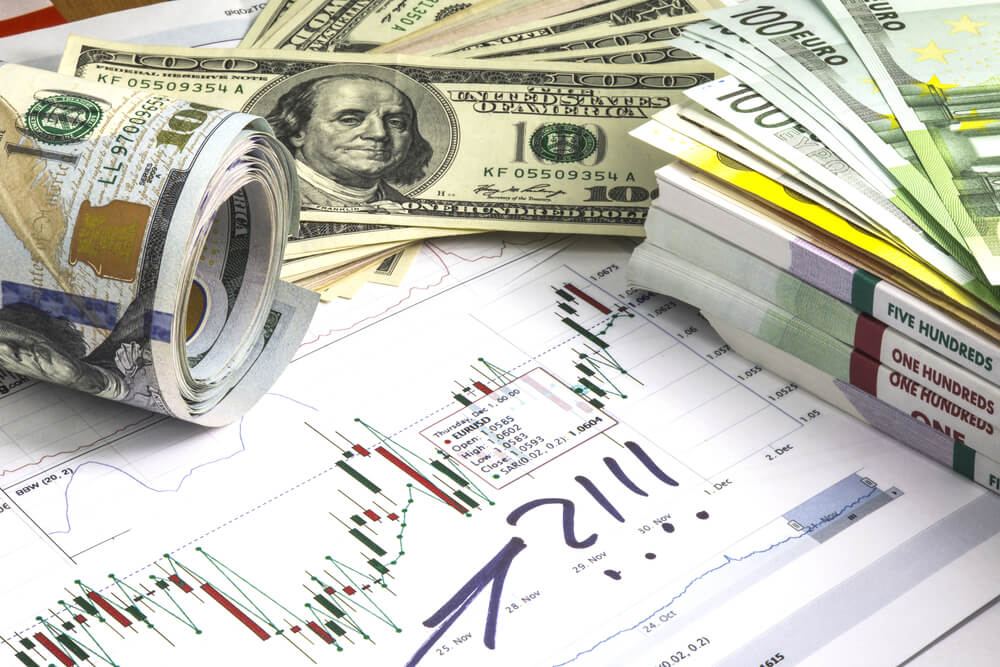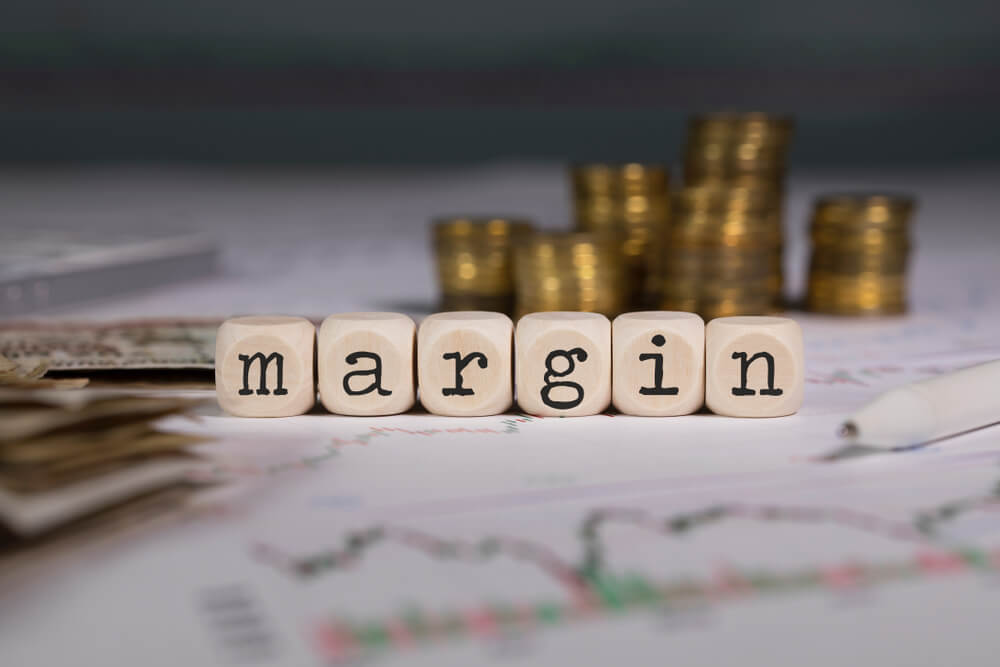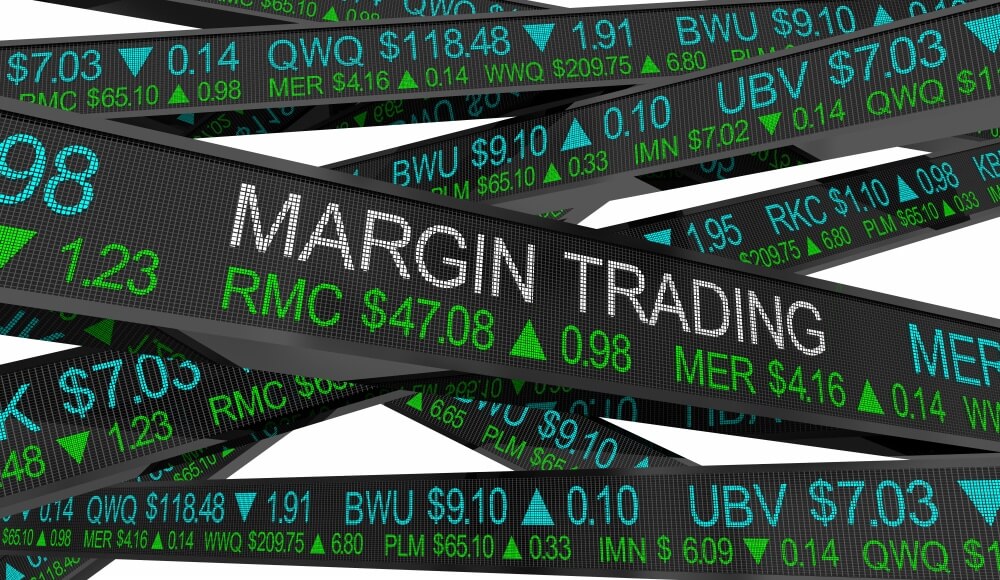When it comes to leverage, you often see larger numbers being advertised, brokers trying to entice in new traders and new webers with the promise of sky-high leverage. In fact, the new standard of leverage being given by brokers these days is around the 500:1 level which would have been unheard of a few years ago. Some people, however, still swear by simply not using leverage, to use an account with a 1:1 leverage which basically means that you will be using your own money and only our own money, not borrowing from the broker at all. This does of course come with some advantages, advantages that we will be looking at in this article, so let’s jump in and see what the advantages of trading with a leverage of 1:1 are.
What Is Leverage?
Before we do that though, a very brief overview of what leverage actually is. Leverage is basically a way of using more money to trade with than you have in your account. If you have a leverage of 100:1, it would basically mean that for every $1 in your account, your broker will let you trade with $100, they would simply lend you the other $99 in order for you to trade. So an account balance of $1,000 would have the trading power of a $100,000 account. This enables you to place larger trades giving you larger profit potential, but it will also increase the risk that you are putting on your balance with the larger trade sizes.
So there are certainly advantages to trading with a higher leverage, especially the profits that we are all after. There are however advantages to keeping your leverage low, so let’s take a look at what they are.
Advantages of Leverage
One of the main advantages to keeping your leverage low is the fact that it enables you to better manage the risk on your account and can allow you to survive for a longer period of time during a period of lots of losses. If we have a trading power of $100,000, this would mean that for an account with a leverage of 100:1 they will only need $1,000, however for an account with a leverage of 1:1, they would need the full $100,000, sounds like a disadvantage needing that much, which is true, but hear us out.
When we put on a trade with an account with the leverage, and the value of the trade drops $1,000, you technically still have $99,000 right? Wrong, due to the leverages, you were able to place those trades, but the $1,000 drop will have completely blown your account. With the leverage at 1:1 however, your account would be set at $99,000, with just the $1,000 lost. So it basically allows you to survive larger movements and consecutive losses that would have otherwise blown a leveraged account.
Transparency
There is also a lot more transparency when it comes to a leverage of 1:1, what you see in your account is what you have and what you have available to trade with. It can be quite confusing when trading with leverage, working out what your margin levels are, working out what your trading power is, and so forth. With the 1:1 leverage, you know exactly what there is and you know exactly what size trades you are able to make. This level of control and transparency can make it far easier to analyse your own account and to work out your risk management plans as well as your risk to reward ratio.
Balancing Losses
Trading with a low leverage keeps losses in line with your account balance, we mentioned before the heavy losses that can come from leveraged accounts, we just wanted to confirm this again. When we trade with low leverage, your losses will be in line with your account, you will be in a much better position to manage those losses and to be able to take a number of them at a time, not putting huge dents into your account. You also do not have any liability when not using leverage, many brokers will charge you a form of interest for using their leverage, so holding trades or simply placing them can mean that you have to incur a charge from your broker. Having a 1:1 leverage will mean that you are not borrowing any money and so do not have to pay the interest for doing so, another advantage and a day to save a little bit of your capital.
Impact on Margin Calls
Trading with a 1:1 leverage also helps you to avoid those pesky margin calls, these are levels set by your broker that are to do with your margin levels. When your margin level falls below the set amount then the broker will basically close all of your trades, this is done to protect you and to prevent you from going into negative balance, something that used to happen quite a lot in the past with leveraged trading. Not having to worry as much about margin calls can take a level of stress out of your trading. It will be very hard to get a margin call when trading on a 1:1 account simply because you are not borrowing any money to trade, what you see is what you have, and so the margin requirements are not as relevant.
Impact on Mental Health
Trading at a low leverage can also be beneficial to your mental health. Trading can be stressful, and when trading with leverage you are adding to that risk and the stress that you will be put under. You are risking more per trade and so each trade will give you additional stresses as you are risking your own money. With a 1:1 account, you are risking a limited amount and so the risks are lower, and so is the stress that you are putting yourself under. If you are a risk-averse person, then low leverage will be perfect for you.
So those are some of the advantages of trading with a 1:1 leverage, we are sure that there are some others out there there are of course some disadvantages too, as there is with any form of trading or leverage amount. You do need a lot of capital to begin with and it will take longer to make decent profits, but you need to weigh up the pros and cons, there are certainly a lot of advantages to trading low leverage, especially if you are not a fan of risk.


